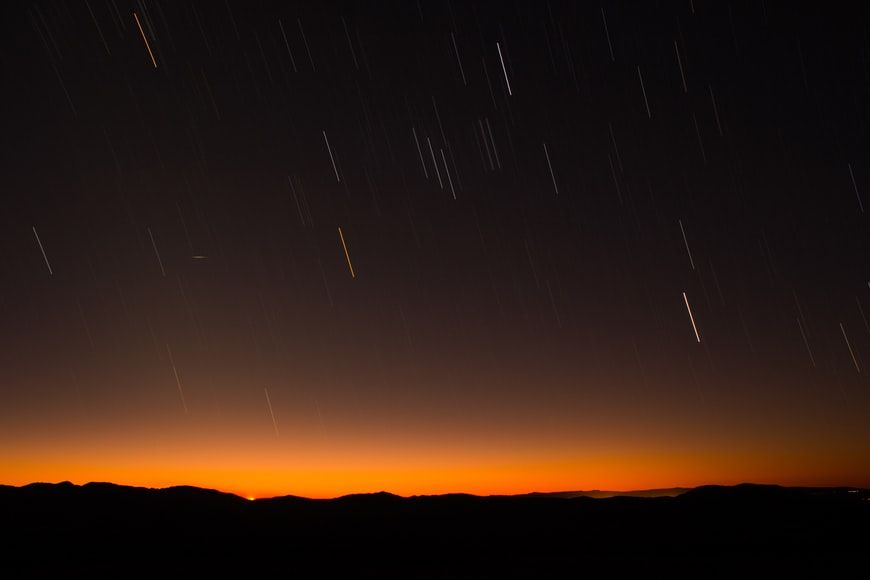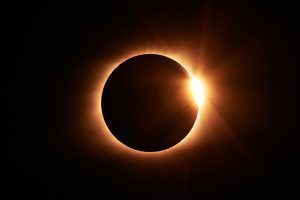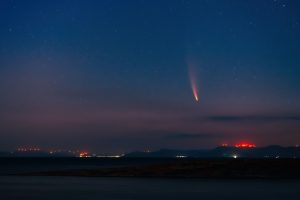Orionid meteors are named after the cluster Orion because they appear to arise or radiate from the same location in the sky as the constellation. The Orionid meteor shower appears to come from the path of the Orion constellation from Earth’s viewpoint.
Since Earth is nearly colliding with the stream of particles from Halley’s Comet at exponential speed, it causes the ice particles to heat up (due to friction), resulting in a magnificent display of lighting across the sky. According to NASA Science, Orionids fly through the sky at 41 miles (66 kilometres) per second, only 3 miles (5 kilometres) slower than the fast Leonids.
Also Read: Underground microbes may have swarmed ancient Mars
The Orionid meteor shower will reach its high point on October 21 and 22 and will last until early November.
This year’s Orionid observing conditions are favourable, with little moonlight interfering with spotting the trailing meteors. The Orionid meteor shower can produce magnificent displays of up to 80 meteors per hour at times, but in recent years it has created more modest displays of around 20 or 30 noticeable meteors per hour.
When and where to watch the Orionids
Stargazers in both the Northern and Southern Hemispheres can see the Orionids if the weather permits of course.
Orion is visible all over the world because it is located on the celestial equator. In the Northern Hemisphere, Orion is observable in the southwestern sky; in the Southern Hemisphere, it is noticeable in the northern sky. The three bright stars that form Orion’s belt, Alnilam, Mintaka, and Alnitak, are the easiest to find.
Also Read: Scientists find new evidence for liquid water on Mars
The Orionid meteor shower is best seen between midnight and dawn, when the shower’s radiant, the Orion constellation, is highest in the sky. According to the time and date, the Orionids will be active from Oct. 2 to Nov. 7.
This year’s new moon on October 25 will provide dark skies ideal for meteor hunting.







